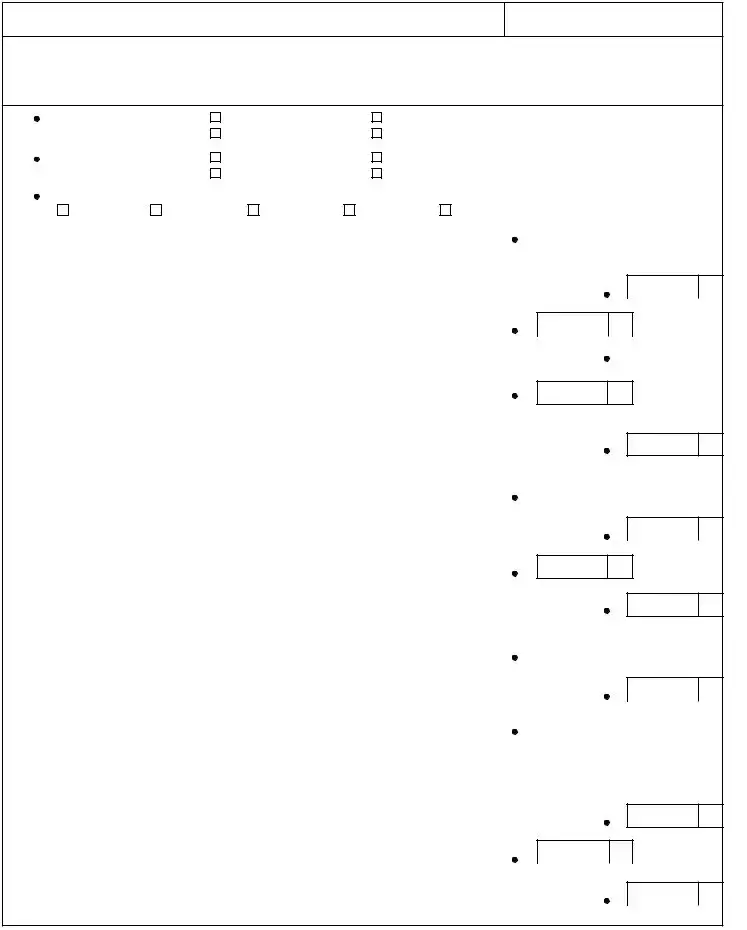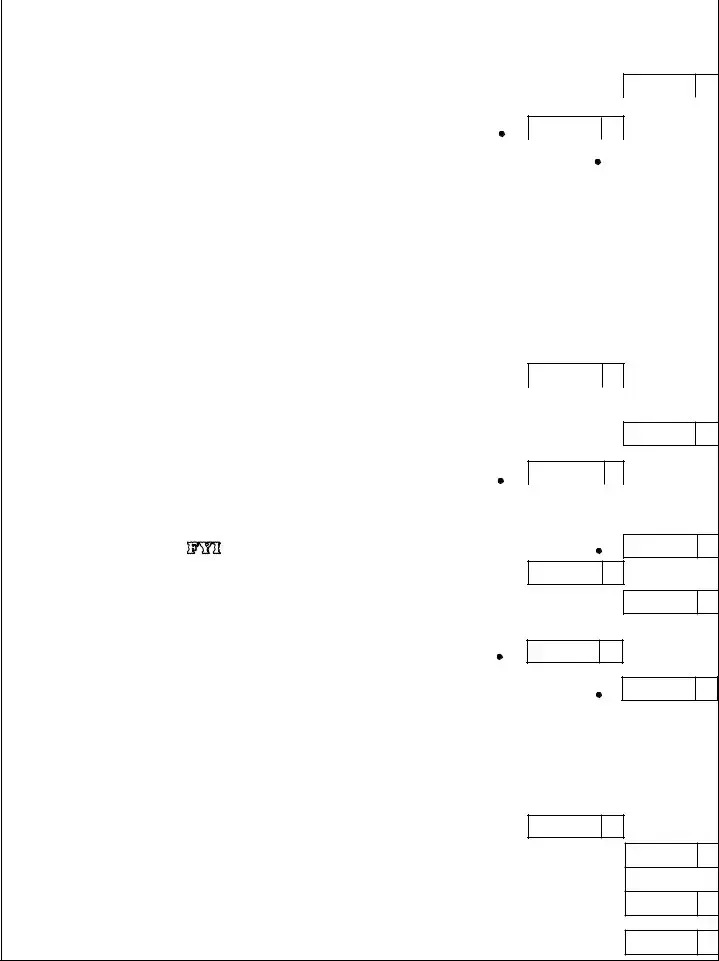What is the purpose of Form 104PN?
Form 104PN is designed for individuals who were residents of another state for all or part of the tax year. It helps apportion the taxpayer's gross income, allowing the Colorado tax liability to reflect only the income earned from sources within Colorado. This is achieved by adjusting the state tax based on the proportion of Colorado income to total income.
Who needs to file Form 104PN?
Individuals who were part-year residents or nonresidents of Colorado and had income from Colorado sources need to file Form 104PN. This includes those who moved to or from Colorado during the tax year, nonresidents with income from a Colorado operation, and military personnel who meet certain criteria.
How do I determine if I was a part-year resident or nonresident?
You are considered a part-year resident if you moved to Colorado during the tax year and established domicile, or if you moved out of Colorado and established domicile in another state. Nonresidents are individuals who did not establish domicile in Colorado but earned income from Colorado sources.
Do I need to file Form 104PN if I filed federal form 1040NR?
Yes, individuals who filed federal form 1040NR and had income from Colorado sources are required to file Form 104PN. The form is necessary to calculate the portion of income tax due to Colorado.
What income should be included on line 5 of Form 104PN?
On line 5, you should include all income earned from working in Colorado and/or income earned while a Colorado resident. For part-year residents, this includes moving expense reimbursements if the move was into Colorado.
How is "Total Colorado Income" on line 21 calculated?
Total Colorado Income on line 21 is the sum of the income from Colorado sources listed on lines 5, 7, 9, 11, 13, 15, 17, and 19. This figure represents the income subject to Colorado state tax.
What adjustments are allowed for Colorado Adjusted Gross Income?
Adjustments to your Colorado Adjusted Gross Income include a portion of federal adjustments such as educator expenses, IRA deductions, business expenses for certain professionals, health savings account deductions, and self-employment tax deductions, among others. These are allowed in proportion to the ratio of Colorado income to total income.
Are there any specific deductions for military service members?
Military service members can deduct income related to military service that meets specific criteria outlined in the instructions for Income 21 on the form. This may include certain exclusions for military pay or benefits.
How do I calculate the apportioned tax due to Colorado?
The apportioned tax due to Colorado is calculated by applying the percentage of Colorado income to total income (line 34) to the tax determined from the tax table based on income reported on Colorado Form 104 line 18. This amount is then reported on Form 104 line 19.
What steps should I follow if I filed a form other than 1040, 1040A, or 1040EZ?
If you filed a federal tax form other than 1040, 1040A, or 1040EZ, you should follow the specific instructions provided in the Form 104PN for reporting income and making necessary adjustments. The same principles of apportioning income to reflect Colorado sources apply, but adjustments may need to be tailored to the specific lines and items of your filed form.


 Income 6 and for military service persons,
Income 6 and for military service persons, 
 Income 21.
Income 21.

 Income 6
Income 6
 Income 6.
Income 6.